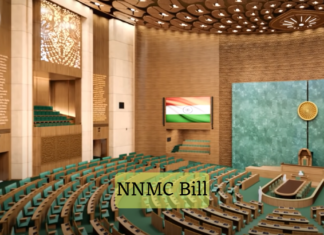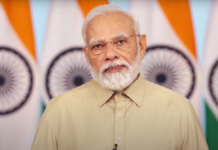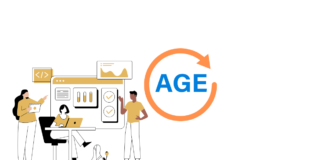The National Medical Commission Ethics and Medical Registration Board has recently issued a groundbreaking set of regulations, titled “National Medical Commission Registered Medical Practitioner (Professional Conduct) Regulations, 2023.” These regulations introduce vital clauses pertaining to consultations between Health Workers and Registered Medical Practitioners (RMPs), promising significant improvements in healthcare access and delivery.
Defining Health Workers
One of the key aspects of these regulations is the definition of Health Workers, which includes a wide range of professionals, such as Nurses, Allied Health Professionals, Mid-Level Health Practitioners, ANMs, and other health workers designated by appropriate authorities. This inclusive definition aims to streamline and facilitate healthcare collaborations across different domains.
Facilitating Telemedicine Consultations
The regulations delve into the process of interaction between Health Workers seeking consultation for patients in both public and private health facilities. Notably, in public health facilities, Mid-Level Health Practitioners at Sub-centers or Health and Wellness Centers can initiate and coordinate telemedicine consultations for patients with RMPs at higher centers, whether at the district, state, or national level. This approach aligns with the goal of comprehensive primary healthcare.
Moreover, the scope extends to various healthcare settings, including health camps, home visits, mobile medical units, and community-based interactions. This wide-reaching approach ensures that healthcare reaches every corner of India, especially in remote and underserved areas.
The Tele-Consultation Process
The regulations provide a comprehensive framework for the tele-consultation process:
1. Initiation (by Health Worker)
- The Health Worker initiates the telemedicine consultation after assessing the patient’s need.
- Informed consent from the patient is obtained.
- The potential uses and limitations of telemedicine are explained to the patient.
- Patient identification is confirmed.
2. Patient Identification (by RMP)
- RMPs confirm patient identity.
- RMPs introduce themselves to the patient.
3. Patient Consent (by RMP)
- RMPs reaffirm patient consent to continue the consultation.
4. Emergency Situations
- In emergencies, Health Workers communicate the patient’s condition to the RMP.
- RMPs assess the situation and provide guidance for immediate relief and referrals when necessary.
5. Exchange of Information (by RMP)
- Detailed patient information is provided by the Health Worker.
- RMPs exercise professional discretion in determining the necessary patient information.
- Additional information may be requested in real time or later if needed, such as laboratory or radiological reports.
6. Patient Management
- Once the RMP is satisfied with the available information, they proceed with patient management.
- Health Workers document this in their records.
- RMPs may provide health education, counseling, and prescribe medication as appropriate.
Role of Health Workers
In cases of emergency, Health Workers play a crucial role in seeking immediate relief and first aid from the RMP. They ensure the patient is referred for appropriate care and an in-person interaction with an RMP when necessary.
For patients suitable for telemedicine, Health Workers reinforce health education and counseling provided by the RMP. They also provide prescribed medications and offer guidance on treatment.
These regulations mark a significant step toward enhancing healthcare access and collaboration in India, ensuring that patients receive timely and quality care, regardless of their location. The National Medical Commission is committed to ensuring the highest standards of healthcare ethics and practice.










